Table of Contents
Looking for a chili flakes substitute? Here are the top 6 alternatives with detailed heat levels, flavor profiles, and usage tips to help you adjust spice levels in any dish.
| Substitute | Heat Level | Flavor Profile | Best Uses |
|---|---|---|---|
| Crushed Red Pepper | Moderate | Earthy, slightly smoky | Sauces, marinades, dressings |
| Cayenne Pepper | Hot | Sharp, spicy | Tacos, chili, stir-fries |
| Paprika (Sweet/Smoked) | Mild to Moderate | Sweet, smoky | Deviled eggs, chicken, roasted veggies |
| Aleppo Pepper | Mild to Medium | Fruity, tangy | Salads, hummus, roasted vegetables |
| Sriracha Sauce | Hot | Tangy, garlicky | Sauces, marinades, cocktails |
| Harissa Paste | Hot | Smoky, slightly sweet | Meats, soups, stews |
Best Chili Flakes Substitutes
1. Crushed Red Pepper
Crushed red pepper is essentially the same as chili flakes but often used in smaller quantities. It’s a great option if you want a bit more heat without the extra crunch. It works well in sauces, marinades, and dressings.
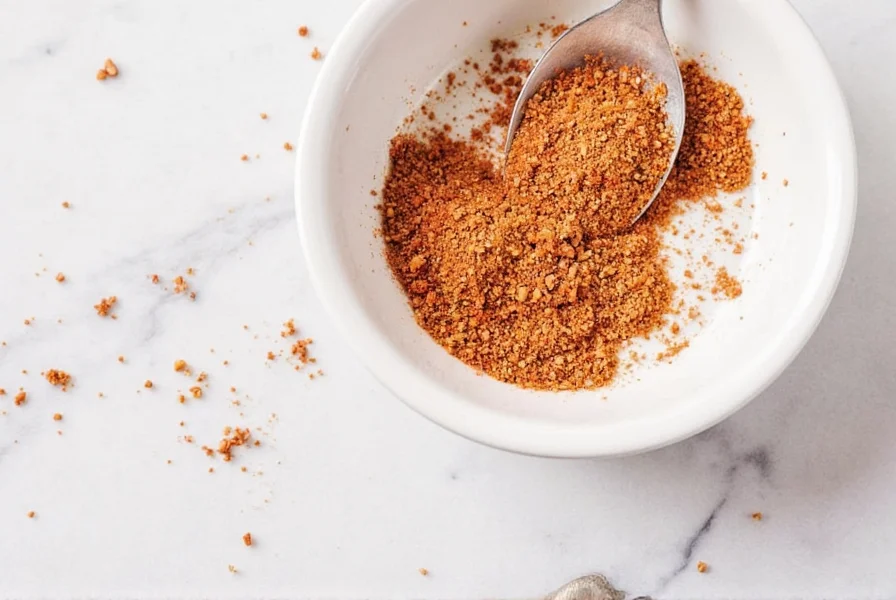
2. Cayenne Pepper
Cayenne pepper is hotter than chili flakes, so you’ll want to use it sparingly. It’s perfect for adding a sharp, fiery kick to dishes like tacos, chili, and stir-fries. Just a pinch can make a big difference.
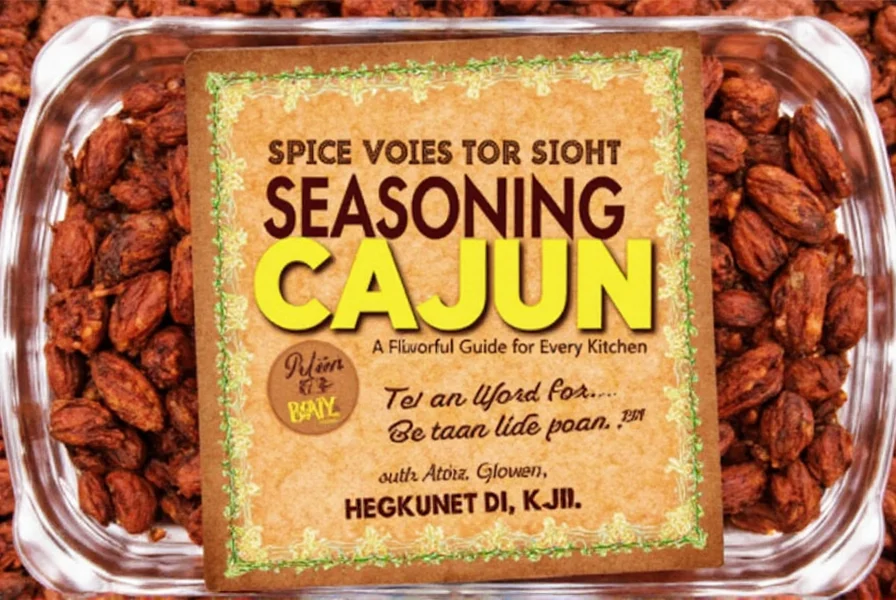
3. Paprika (Sweet or Smoked)
Paprika is a milder alternative that adds a sweet, smoky flavor without the heat. Sweet paprika is ideal for dishes like deviled eggs, chicken, and roasted vegetables. Smoked paprika gives a deeper, more complex flavor that pairs well with grilled meats and stews.
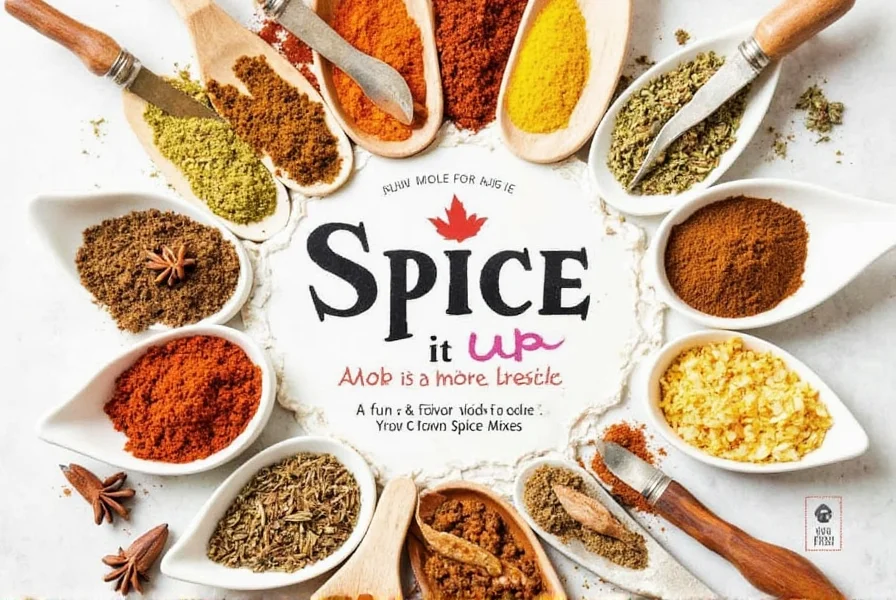
4. Aleppo Pepper
Aleppo pepper is a Middle Eastern spice that offers a mild to medium heat level with a fruity, tangy flavor. It’s great for sprinkling over salads, hummus, and roasted vegetables. Its unique taste makes it a favorite among food lovers looking for something different.

5. Sriracha Sauce
If you’re looking for a liquid substitute, sriracha sauce is a great option. It adds both heat and a tangy, garlicky flavor to dishes. Use it in sauces, marinades, or even in cocktails for a spicy twist.
6. Harissa Paste
Harissa paste is a North African chili paste that brings a rich, smoky, and slightly sweet flavor to your dishes. It’s excellent for seasoning meats, making sauces, or adding depth to soups and stews. It’s a bit more intense than chili flakes, so start with a small amount.
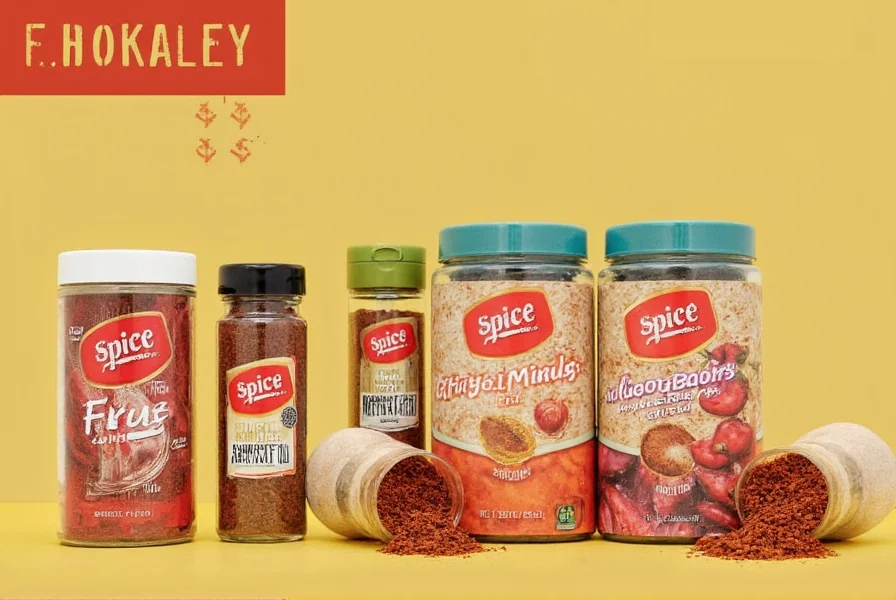
How to Use These Substitutes in Your Cooking
Now that you know the best substitutes for chili flakes, here are some tips on how to use them effectively:
- Adjust the Heat Level: Some substitutes, like cayenne pepper, are much hotter than chili flakes. Start with a small amount and adjust to your taste.
- Experiment with Flavors: Try different substitutes to see which one complements your dish best. For example, smoked paprika adds a deep flavor to grilled meats, while Aleppo pepper gives a fruity note to salads.
- Use in Small Amounts: Many substitutes are concentrated, so you don’t need much to make an impact. A little goes a long way.
- Combine with Other Spices: Don’t be afraid to mix spices for a more complex flavor profile. For instance, combine paprika with a dash of cayenne for a balanced heat.
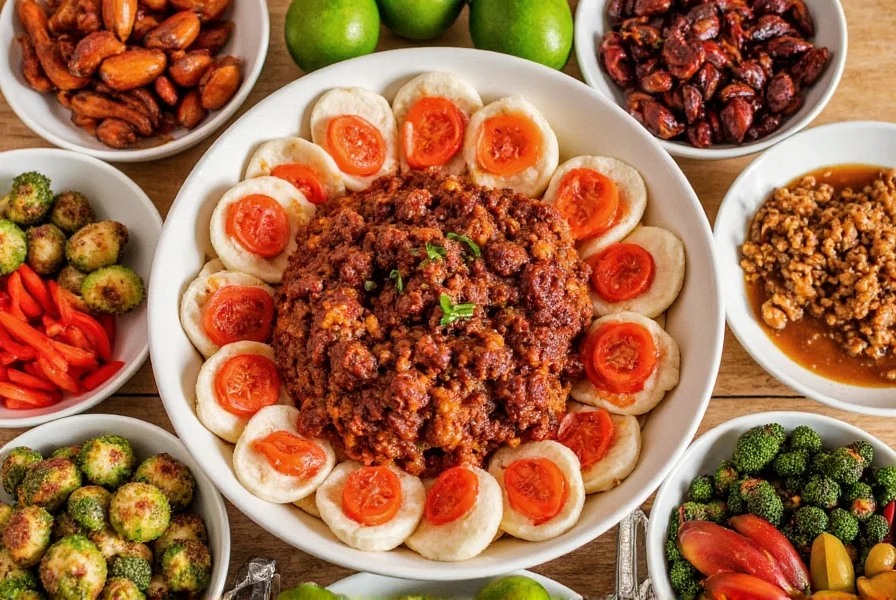
Frequently Asked Questions
How much cayenne pepper equals one teaspoon of chili flakes?
Use ¼ to ½ teaspoon of cayenne pepper for every teaspoon of chili flakes, as it's significantly hotter. Always start with less and adjust to taste after cooking.
What's the mildest substitute for chili flakes?
Sweet paprika is the mildest option, providing color and subtle flavor without heat. For mild heat with complexity, try Aleppo pepper which offers just a gentle warmth.
How long do chili flake substitutes stay fresh?
Ground spices like cayenne or paprika last 1-2 years in a cool, dark place. Liquid substitutes like sriracha last 6 months refrigerated after opening. Always check for fading color or diminished aroma.
Can I use fresh chilies instead of dried flakes?
Yes! Finely mince jalapeños (mild), serranos (medium), or habaneros (hot). Use 2-3 times the volume of fresh chili compared to dried flakes, as they contain more water and less concentrated heat.
What's best for pizza instead of chili flakes?
Aleppo pepper is ideal for pizza – it delivers moderate heat with a fruity note that complements tomato sauce. Sprinkle it after baking to preserve its delicate flavor.
Conclusion
Knowing how to substitute chili flakes opens up a world of possibilities in your cooking. Whether you're looking for a milder alternative, a different flavor, or just want to experiment, there are plenty of options to choose from. From crushed red pepper to harissa paste, each substitute has its own charm and versatility.
Remember, the key to successful substitution is understanding the heat level and flavor profile of each spice. Don’t be afraid to play around and discover new combinations that suit your taste. With a little creativity, you can still enjoy a delicious, flavorful meal—even without chili flakes.
So next time you reach for those chili flakes, take a moment to think about what else you could be using. Who knows, you might just stumble upon a new favorite spice!
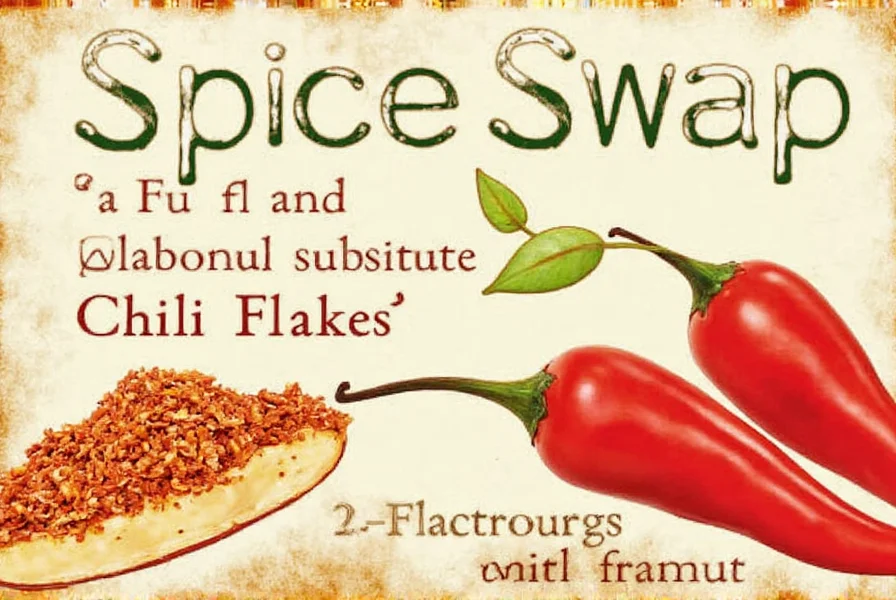

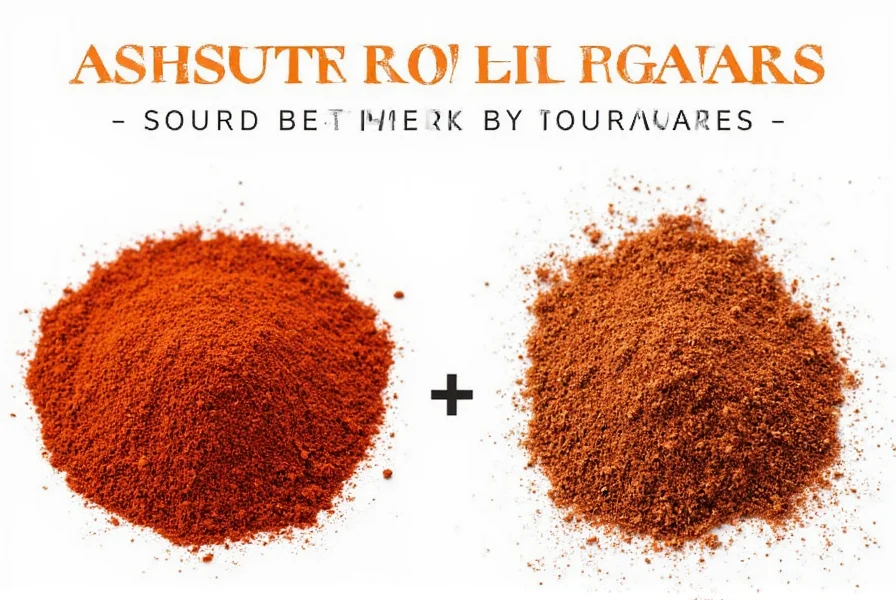









 浙公网安备
33010002000092号
浙公网安备
33010002000092号 浙B2-20120091-4
浙B2-20120091-4